Translating a printed book can be a daunting task, especially when it comes to preserving the original formatting and layout. But with the advent of Optical Character Recognition (OCR) technology, this process has become a lot more streamlined. OCR software can scan a printed book and convert the text into a digital format, which can then be easily translated into any language. This not only makes the translation process faster and more efficient, but it also allows for the preservation of the book’s original design and layout.
How To Translate A Printed Book with OCR?
With the advancements in OCR technology, it is now simple to take a printed book and transform it into various languages using OCR-based translation. Here’s how to do it:
- Obtain an optical character recognition (OCR) software that is compatible with your computer.
- Use a scanner or camera to digitize the pages of the printed book.
- Open the scanned pages in the OCR software and select the language of the book.
- Allow the software to process the scanned pages and convert the text into editable digital text.
- Use the built-in translation feature or export the text to a translation software or website to translate the text to your desired language.
- Review and edit the translated text for accuracy and readability.
- Save the translated text in a desired format, such as a Word document or PDF.
- If desired, you can use a tool or software to format the translated text to match the original book layout.
How Can Translating Printed Books Be helpful?
Here are some points that explain how translating printed books can be helpful:
- Expand readership: Translating printed books allows them to reach a wider audience, including readers who do not speak the original language. This can help increase sales and exposure for the author and publisher.
- Improve accessibility: Translating printed books can make them more accessible to readers with visual impairments, language barriers, or other disabilities.
- Facilitate cultural exchange: Translating printed books can help bridge cultural gaps and promote understanding between different cultures.
- Enhance education: Translating printed books can make educational materials more accessible to students and teachers in multilingual classrooms.
- Preserve literature: Translating printed books can help preserve literature and cultural heritage that might otherwise be lost to time.
- Increase knowledge: Translating printed books can allow readers to access information and knowledge that would otherwise be unavailable to them.
- Expand research opportunities: Translating printed books can help researchers access primary source materials in languages they do not speak, expanding the scope of their studies.
- Provide new perspectives: Translating printed books can allow readers to gain new perspectives and insights by reading literature from other cultures and in other languages.
FAQs
The accuracy of the OCR process can vary depending on the quality of the scanned image, the resolution of the scanner or camera used, and the OCR software. It is important to review and edit the translated text for accuracy and readability.
While it is not strictly necessary to hire a professional translator, it can be helpful to ensure that the translation is accurate and idiomatic. Professional translators have the necessary training and experience to translate literary texts, understand the cultural context and provide an idiomatic translation.
Translated printed books can be copyrighted in the same way as the original text. The translator is considered the author of the translation and therefore holds the copyright to the translated text. However, it is important to obtain permission from the original copyright holder before translating and publishing a book.

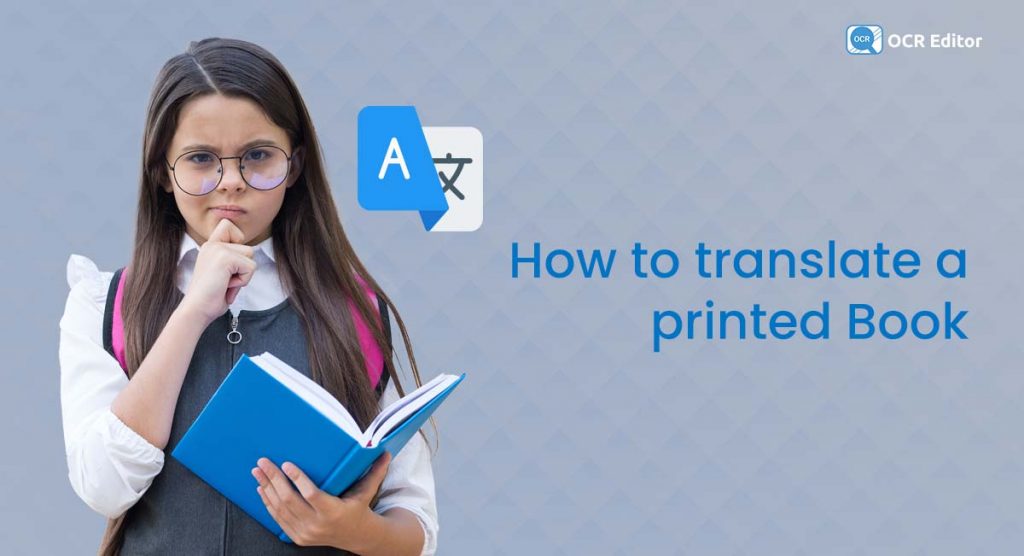

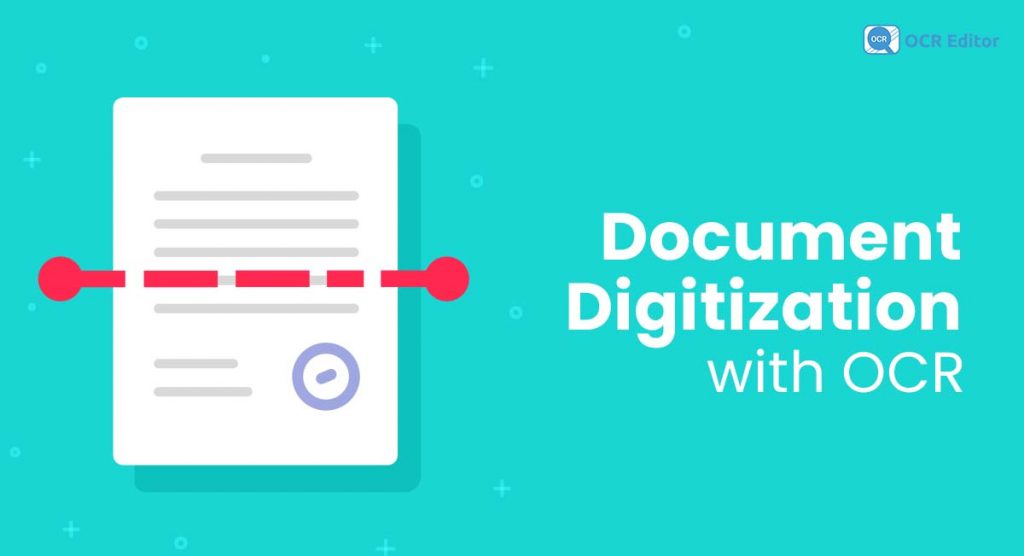
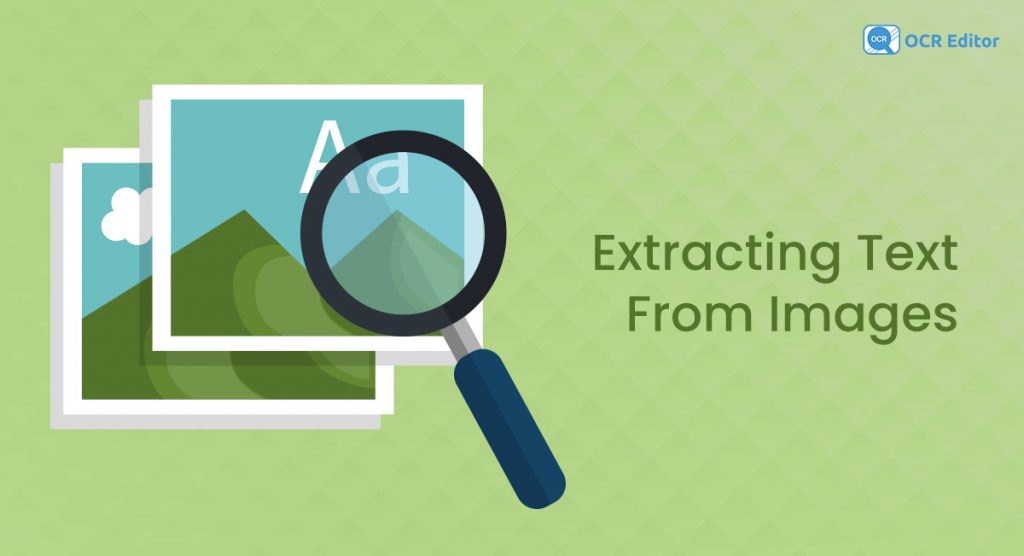

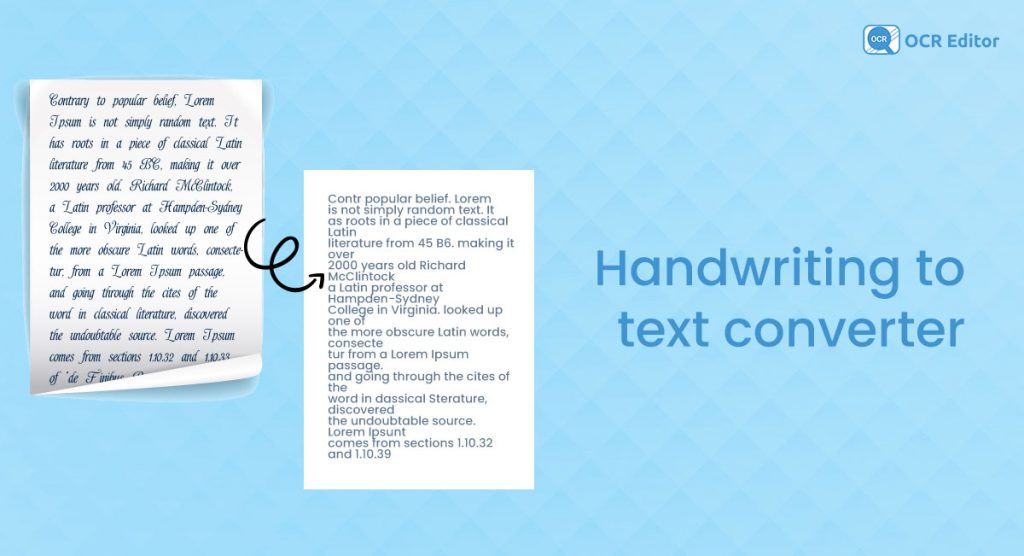
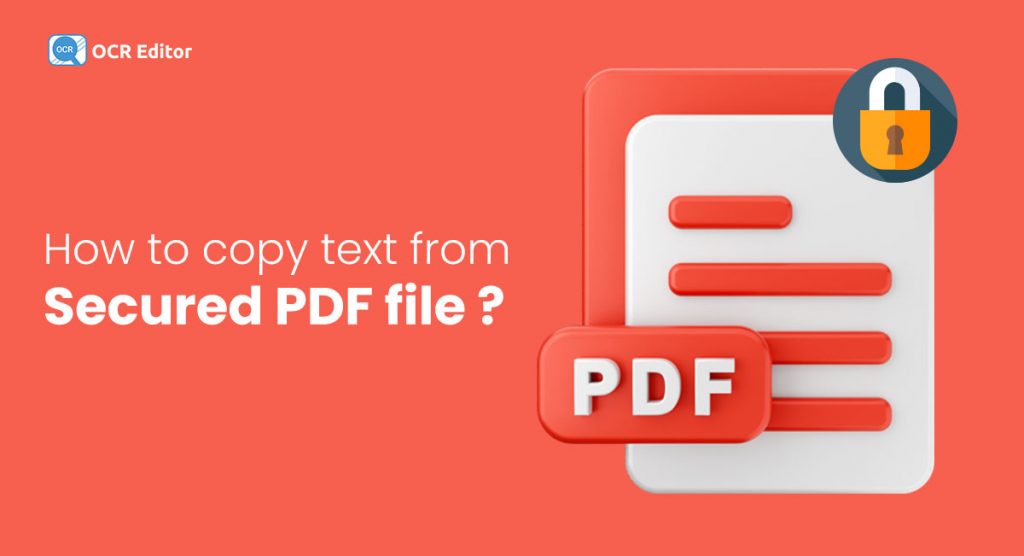
No comment yet, add your voice below!